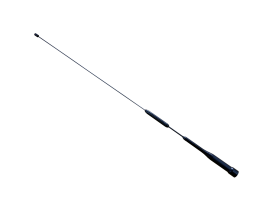
Carbon Fiber Framework and Lightweight Antennas: An Innovative Fusion of Modern Material Science and Communication Technology
Carbon fiber frameworks and lightweight antennas represent a cutting-edge design that combines advanced material science with communication technology. These solutions are widely applied in aerospace, automotive, military, and high-performance communication equipment.
1. Carbon Fiber Framework
Carbon fiber is a high-performance material made of carbon elements, known for its excellent strength and rigidity while being extremely lightweight.
Features:
• Lightweight: Lighter than metals such as aluminum and steel, ideal for weight-sensitive applications.
• Corrosion Resistance: Resistant to moisture and chemical substances, offering a long service life.
• High Stability: Low thermal expansion coefficient ensures stability even under extreme temperatures.
Advantages in Antenna Applications:
• Provides a robust support structure while significantly reducing weight.
• Enhances portability and flexibility in installation.
• Increases durability, making it suitable for harsh environments (e.g., polar regions, deserts, oceans).
2. Lightweight Antennas
Lightweight antenna design focuses on minimizing total weight while ensuring uncompromised performance or even enhancing efficiency.
Technical Advantages:
• Improved Portability: Lightweight designs facilitate transportation and rapid deployment.
• Energy Efficiency: Reduced weight lowers energy consumption, especially vital for long-term mobile systems.
• Adaptation to High-Speed Movement: Reduces load on spacecraft, UAVs, and other vehicles, improving operational efficiency.
Application Scenarios:
1. Satellite Antennas: Suitable for satellite communications, including reflector and phased-array antennas, reducing launch costs due to lower weight.
2. Military Equipment: Portable radar and communication systems, ideal for field deployment and quick recovery.
3. Vehicle and UAVs: Vehicle-mounted communication modules and UAV navigation antennas benefit from enhanced range and reliability through lightweight design.
Handheld Transceiver Example
.png)
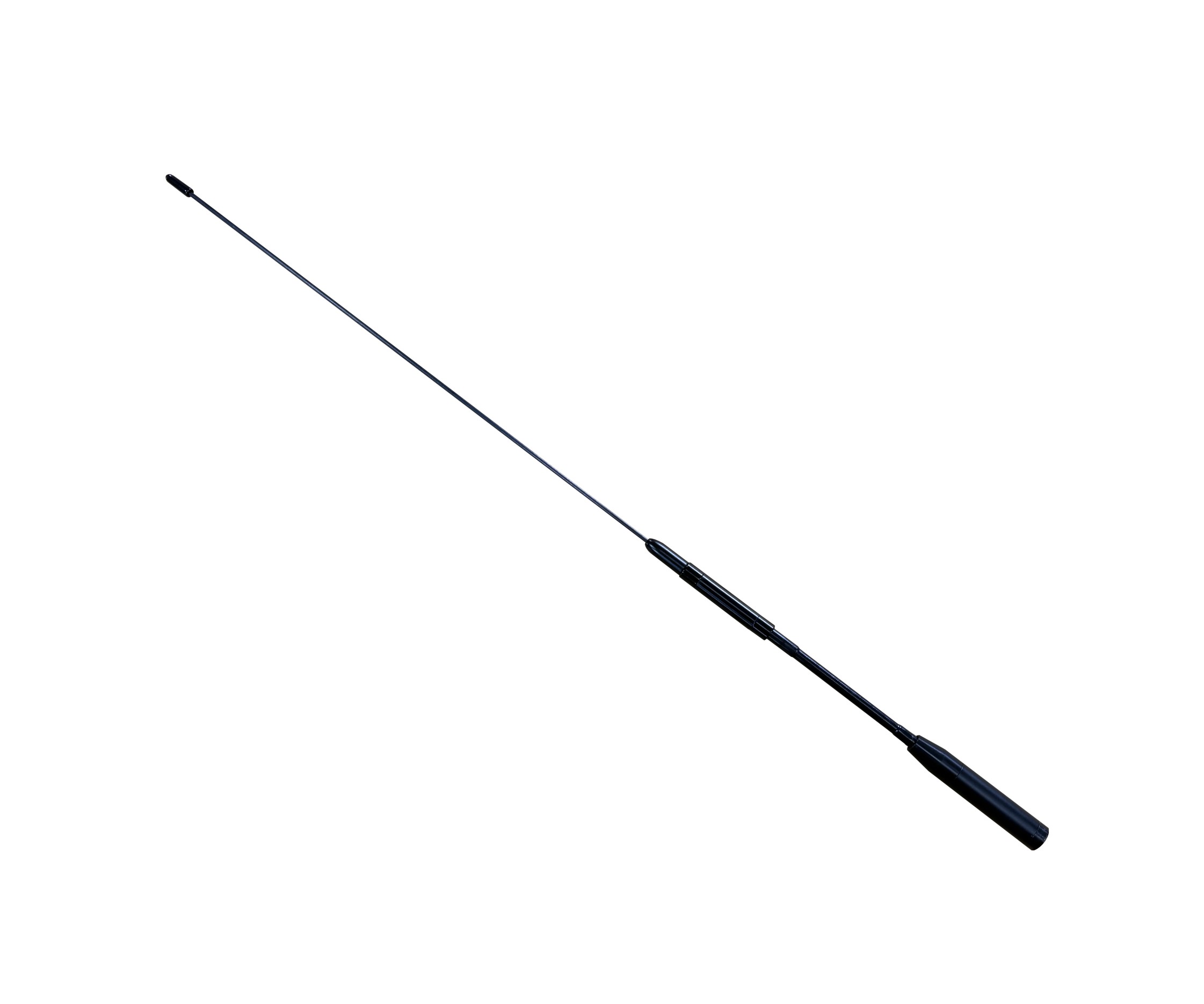
Model:SRH-760s
Frequency:145/435 MHz
Gain:2.15dbi(145MHz)
3.5dbi(435MHz)
Power:10W
Impedance:50Ω
Weight:40g
Length:47cm
Connector:SMA-J/SMA-P
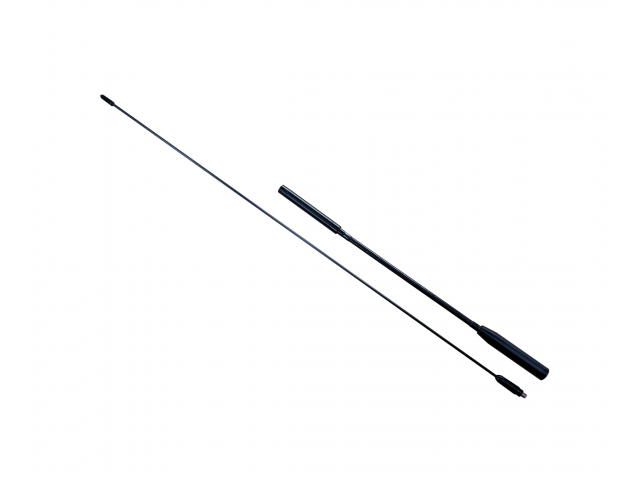
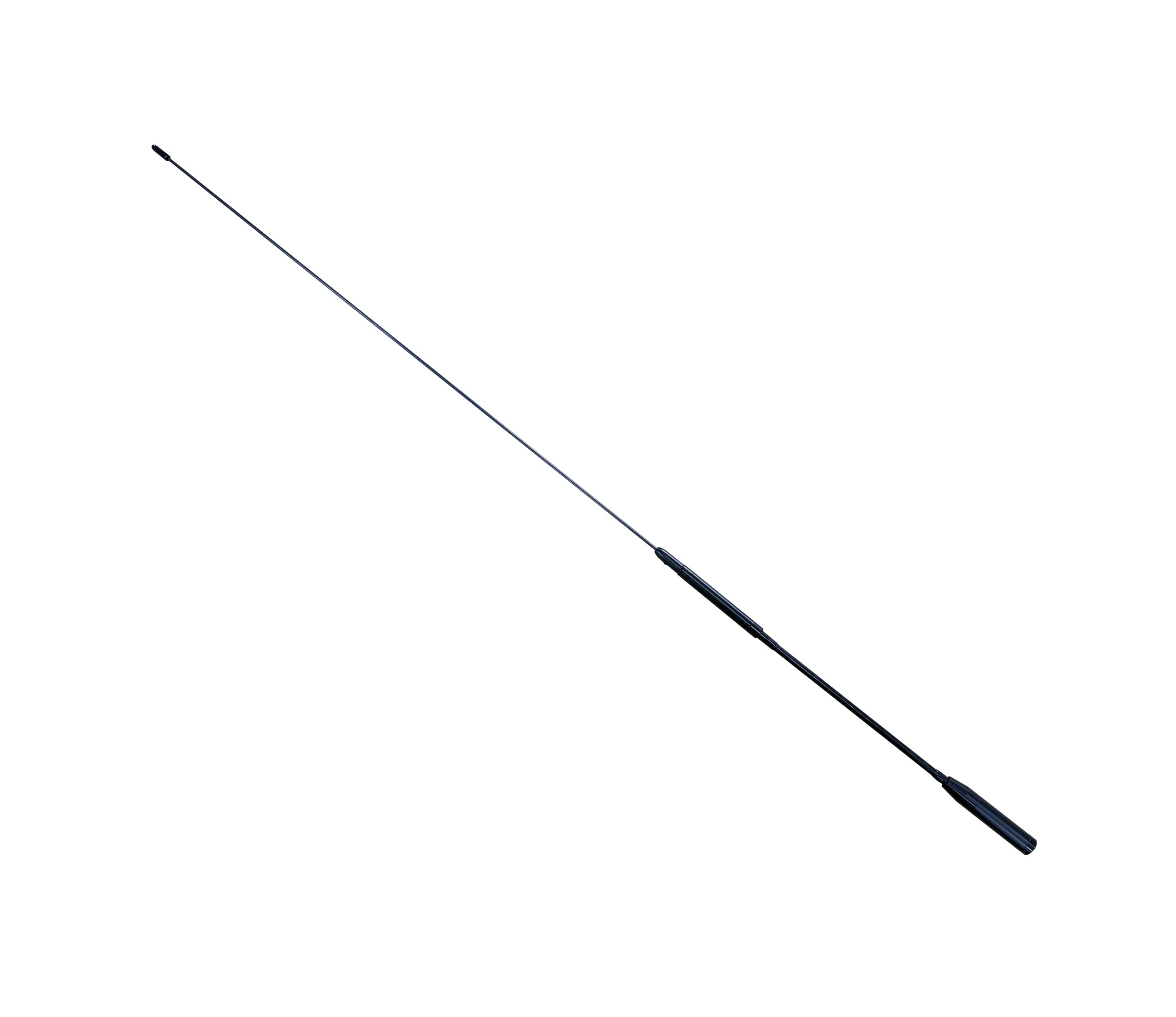
Model:SRH-770S
Frequency:144/430 146/440MHz
Gain:2.15dBi(144MHz)4.5dBi(430MHz)
Power:10W
Impedance:50Ω
Weight:48g
Length:69cm
Connector:BNC/SMA-J/SMA-P
Mobile phone antenna example
Handheld Transceiver Example
.png)

Model:SRH-760s
Frequency:145/435 MHz
Gain:2.15dbi(145MHz)
3.5dbi(435MHz)
Power:10W
Impedance:50Ω
Weight:40g
Length:47cm
Connector:SMA-J/SMA-P


Model:SRH-770S
Frequency:144/430 146/440MHz
Gain:2.15dBi(144MHz)4.5dBi(430MHz)
Power:10W
Impedance:50Ω
Weight:48g
Length:69cm
Connector:BNC/SMA-J/SMA-P
Mobile phone antenna example
.jpeg)
Model:AZ-504TB
Frequency:144/430MHz
Gain:2.15dbi(430MHz)
VSWR:less than1.5
Power:60W
Impedance:50Ω
Weight:66g
Length:48cm
Connector:M/NMO
.jpeg)
Model:AZ-506TB
Frequency:144/430MHz
Gain:2.5/4.5dbi
VSWR:less than1.5
Power:60W
Impedance:50Ω
Weight:92g
Length:62.5cm
Connector:M/NMO
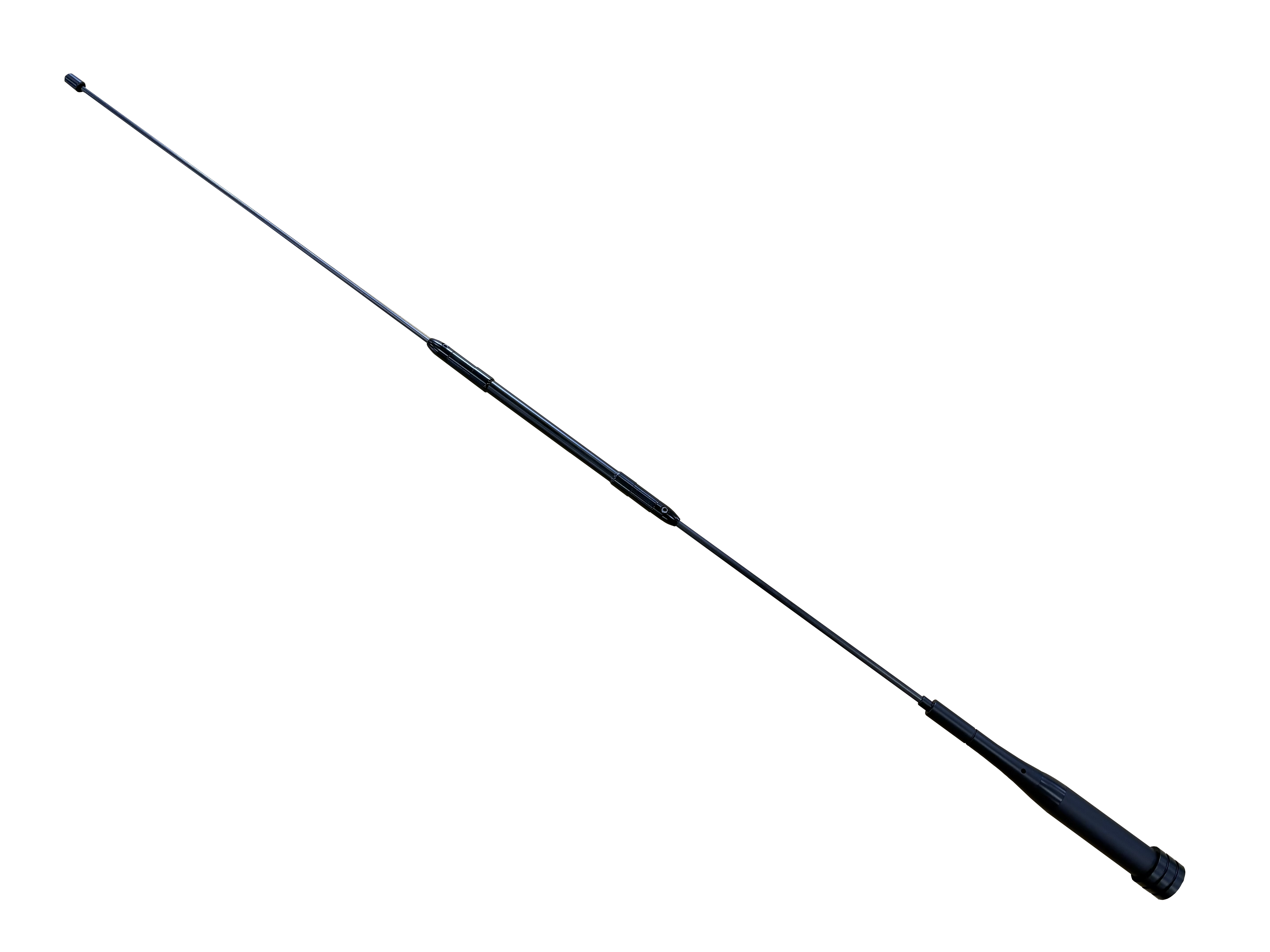
Model:M-507FMH
Frequency:144/430 146/440MHz
Gain:2.15/4.9dbi
VSWR:<1.5
Power:120W
Impedance:50Ω
Weight:145g
Length:73.5cm
Connector:M
.jpeg)
Model:M-820TB
Frequency:144/430MHz
Gain:2.15/3.8dbi
VSWR:less than1.5
Power:100W
Impedance:50Ω
Weight:230g
Length:67cm
Connector:M/NMO
.jpeg)
Model:M-880TB
Frequency:144/430MHz
Gain:3.5/6dbi
VSWR:less than1.5
Power:200W
Impedance:50Ω
Weight:256g
Length:92.5cm
Connector:M/NMO
.jpeg)
Model:NR-7700TB
Frequency:144/430MHz
Gain:3.0/5.5dbi
VSWR:less than1.5
Power:200W
Impedance:50Ω
Weight:348g
Length:100cm
Connector:M/NMO